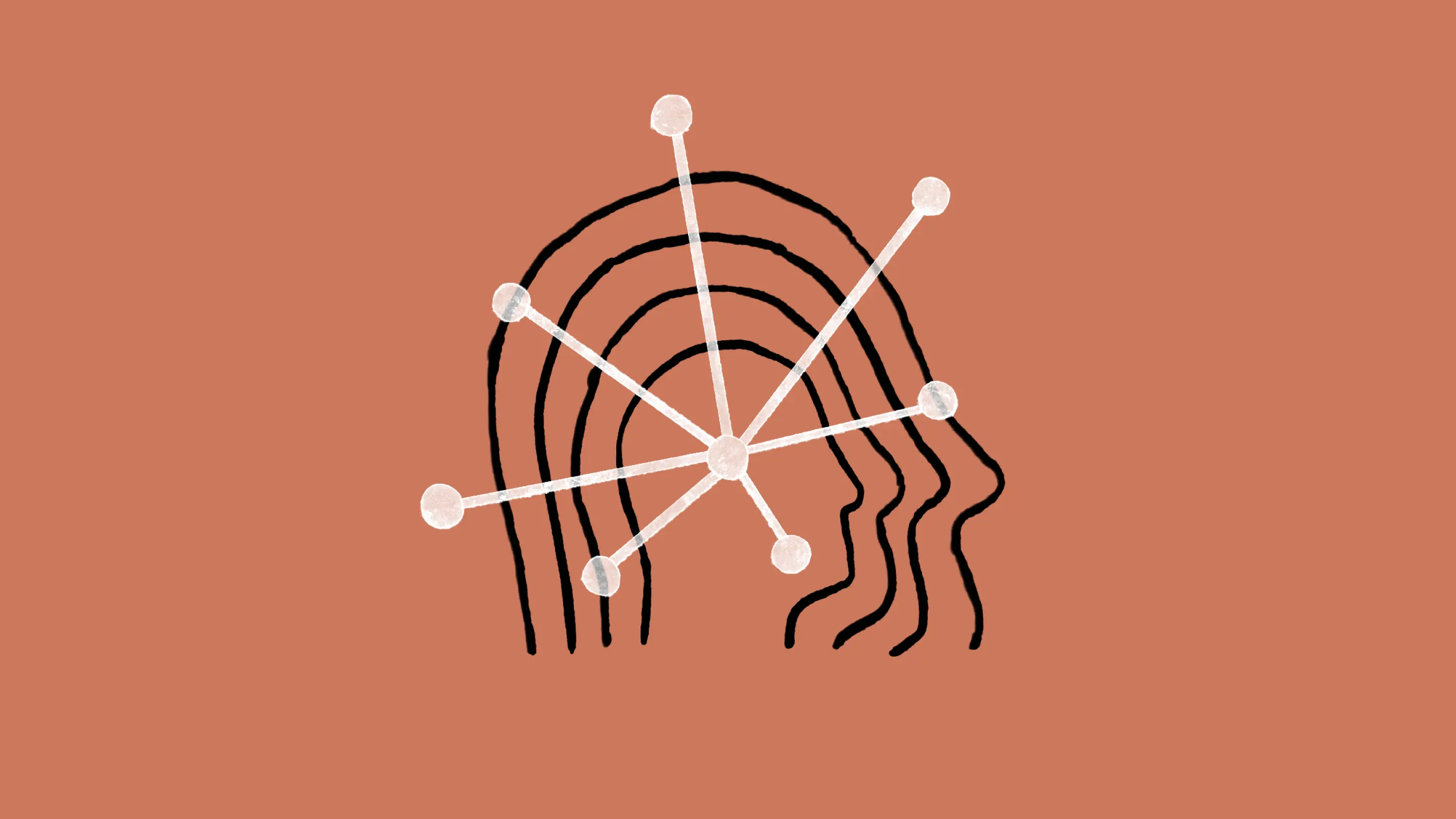 AI
AI
 AI
AI
 AI
AI
Anthropic, an artificial intelligence startup geared toward building trustworthy AI models to rival OpenAI LP’s ChatGPT, today announced an upgrade to its Claude AI chatbot that advances its core features with significantly improved safety, a much larger context window and a new third-party tool use feature.
The new version, Claude 2.1, an upgrade over Claude 2, is a generative AI chatbot that can understand conversational natural language prompts. They include commentary, questions and answers, research assistance, poetry, analysis, summarizing lengthy documents of numerous types of media such as PDFs, and even coding assistance. Anthropic has said that users can think of Claude as a friendly personal assistant that can work with users through natural language instruction.
In the first improvement over Claude 2, Anthropic has doubled its context window to 200,000 tokens, which is around 150,000 words, or more than 500 pages of material. Users can now upload large swaths of documentation, including entire codebases, financial statements or even long literary works such as “The Iliad” or “The Odyssey,” which clock in at 176,000 words and 115,320 words, respectively.
Once the material is scanned, Claude AI can then be used to “talk” to large bodies of content or data and summarize, perform Q&A sessions, forecast trends, compare and contrast multiple documents, and perform other types of analysis.
Processing that long a message is a “complex feat and an industry first,” the company said in the announcement. It said tasks that would usually require hours of human effort may take Claude only a few minutes.
To date, 100,000 tokens is one of the largest context windows in the industry for large language model AI chatbots. That means Claude 2.1 is pushing the envelope of what an LLM can do. Anthropic added that although now it may take a few minutes for it to produce results based on extremely large datasets, as the technology progresses, the time it takes will become more manageable.
The company also said it has made significant progress toward overall model safety by minimizing AI hallucinations, or false statements, compared with Claude 2.0. That will allow enterprises building on the model to apply high-performing AI to solve issues that require greater trust and reliability with greater certainty that they will receive more factual information.
Anthropic tested Claude 2.1’s honesty by asking extremely hard questions that were highly likely to trigger known weaknesses in current models, including false statements more often than admissions of “I don’t know.” In the tests, Claude 2.1 showed that it was much more likely to decline to answer, with a two-times reduction in false statements. In internal evaluations, Claude 2.1 also demonstrated a 30% reduction in incorrect answers when reading long, complex documents, such as legal reports and financial documents.
Following popular feedback from users, Anthropic added a new feature in beta test mode that allows Claude AI to access third-party processes, products and application programming interfaces. Developers can now interoperate the chatbot with user-defined functions that the bot can use when appropriate to complete requests. This includes developer-built functions, web searches, private knowledge bases and third-party tools.
Examples of what Claude can connect to for certain requests could include using a calculator tool for complex numerical reasoning, answering a question by using an API call or searching the web, taking a simple action through a private API such as a content management system call, or connecting users to a product dataset to help make recommendations.
Developers now have easier access to test prompts through the Workbench, now available in the developer console. Workbench allows developers to iterate on prompts in a playground-style experience to test out new model settings to try out Claude’s behavior. It also enables them to save different revision attempts, which allows them to revisit them in their history. Afterward, developers can generate code snippets to use in their own apps using Anthropic’s software development kits.
A new instruction type called system prompts for Claude now allows developers to provide custom instructions for the chatbot to take on specific personalities or roles. Using system prompts, developers can set Claude AI to act in particular ways, such as using a particular tone, constraining itself to specific topics and maintaining due regard for rules and guardrails. Using these types of prompts, Claude is less likely to perform prohibited actions or output undesired text and will more likely remain in the role it was asked to use.
Support our mission to keep content open and free by engaging with theCUBE community. Join theCUBE’s Alumni Trust Network, where technology leaders connect, share intelligence and create opportunities.
Founded by tech visionaries John Furrier and Dave Vellante, SiliconANGLE Media has built a dynamic ecosystem of industry-leading digital media brands that reach 15+ million elite tech professionals. Our new proprietary theCUBE AI Video Cloud is breaking ground in audience interaction, leveraging theCUBEai.com neural network to help technology companies make data-driven decisions and stay at the forefront of industry conversations.